Study, work or travel in the UK. British
culture and life.


Visit museums in Paris
|
|
Study, work or travel in the UK. British
culture and life.
|
|
|||
|
|
|
|
|||
 |
|||||
|
|
|||||
 |
|||||
|
Visit museums in Paris
|
|||||
|
Sections:
|
Introduction | |
| Louvre | ||
| Orsay | ||
| Pompidou Centre | ||
| Rodin Museum | ||
| Musée de l'Armée | ||
| Further information | ||
| Links |
|
INTRODUCTION
|
 |
Louvre
and Musee D'Orsay: Boxed Set Author: Bonfante Warren Publisher: Hugh Lauter Levin Associates Date: June 2001 |
 |
The
Little Book of the Louvre Author: Brigitte Govignon Publisher: Editions Flammarion Date: May 2001 |
 |
Paintings
in the Musee D'Orsay Author: Serge Lemoine, Caroline Mathieu Publisher: Thames and Hudson Ltd Date: November 2004 |
 |
Centre
Georges Pompidou, Paris Author: Jean Poderos Publisher: Prestel Publishing Ltd Date: July 2002 |
|
LOUVRE
|
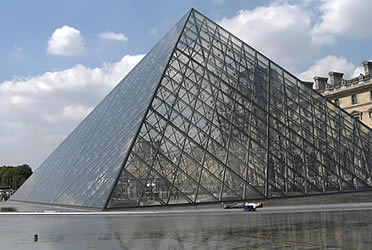 The glass pyramid (opened in 1989) |
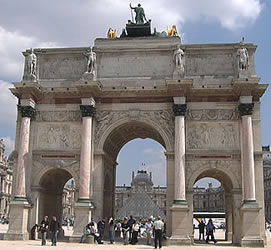 Arc du Triomphe du Carrousel (built after Napoleon's victories in 1805) |
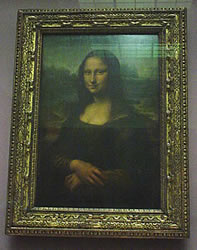 Mona Lisa (painted by Leonardo da Vinci in 1504: a picture of a lady from Florence) |
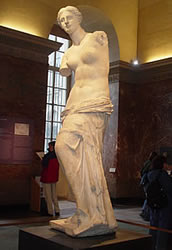 Venus de Milo (found on the island of Milo in Greece; 2nd century BC) |
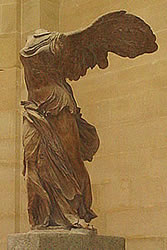 Winged Victory of Samothrace (found on the island of Samothrace in Greece; 2nd century BC) |
|
ORSAY
|
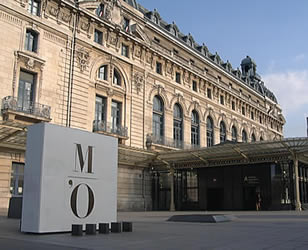 The Musee d'Orsay (art collection from the period 1848 - 1914) |
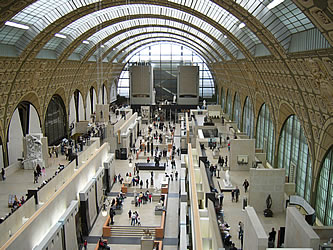 Interior of the museum |
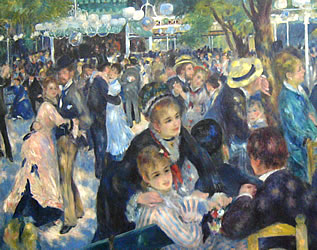 |
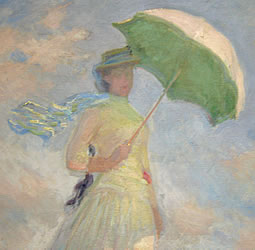 |
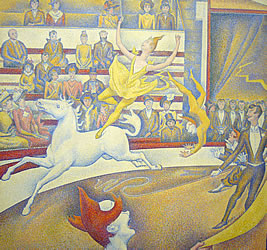 |
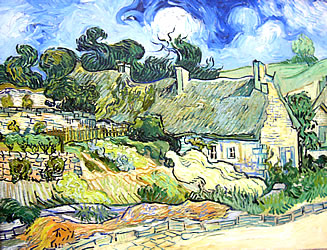 |
|
POMPIDOU CENTRE
|
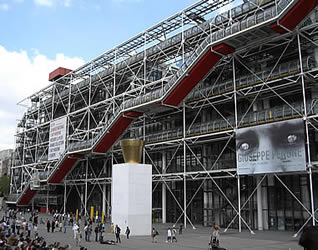 The Pompidou Centre: a museum of modern art |
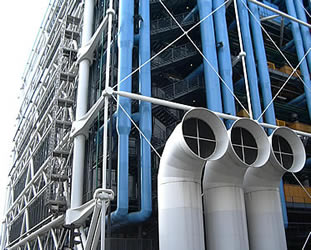 The pipes are on the outside of the building (white for ventilation; blue for air conditioning) |
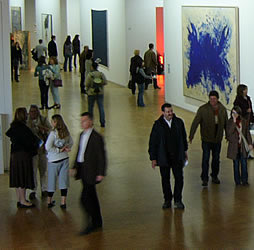 |
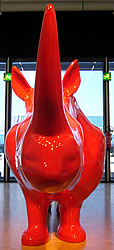 |
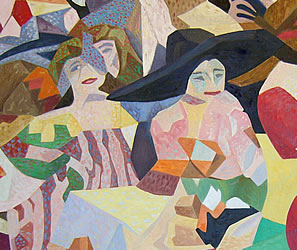 |
|
RODIN MUSEUM
|
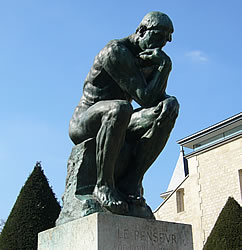 |
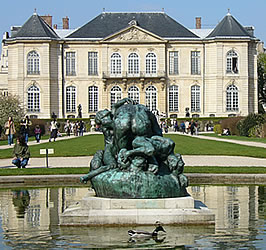 |
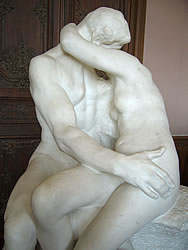 |
|
MUSEE DE L'ARMEE / EGLISE DU DOME
|
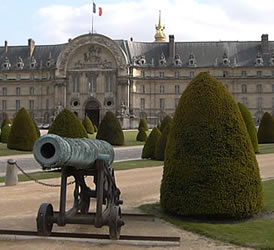 Gardens in front of the Hôtel des Invalides |
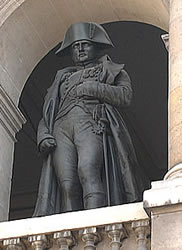 Napoleon looks down over the main courtyard |
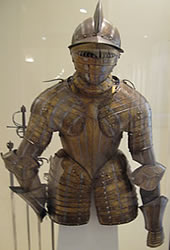 A medieval suit of armour inside the army museum |
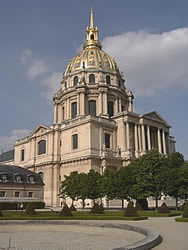 Eglise du Dôme |
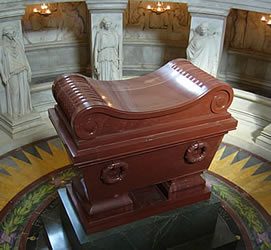 Napoleon's Tomb |
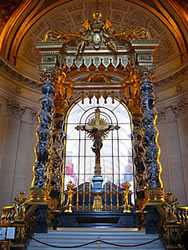 Altar inside the church |
|
ESPACE DALI
|
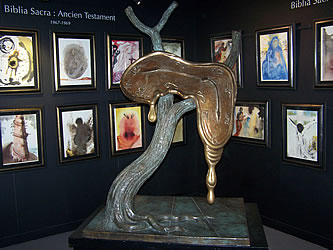 |
|
FURTHER INFORMATION
|
|
|
|